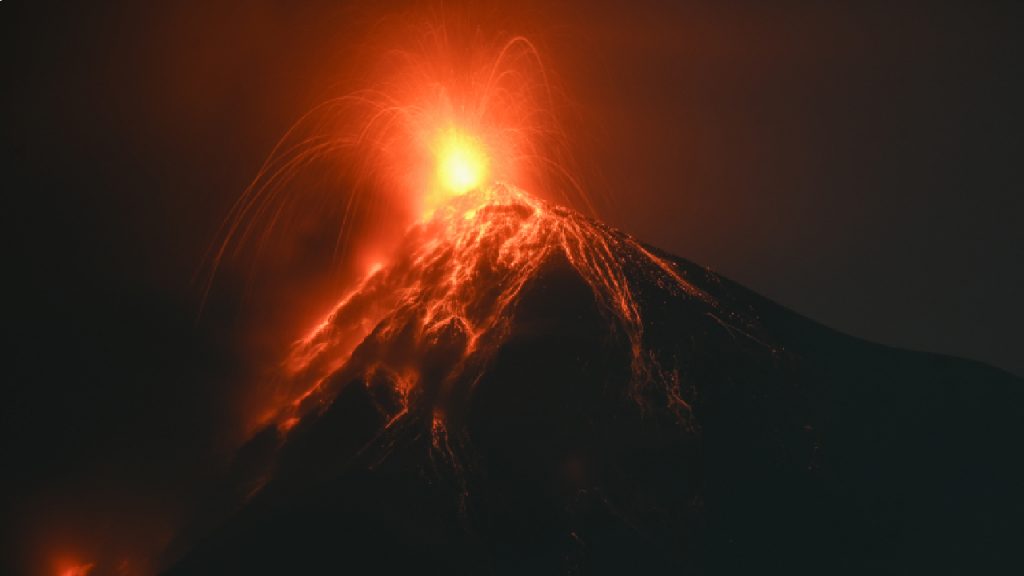Several years of research by geoscientists Óscar Cadena, Jhon Meneses and Andrés Martínez, of the Colombian Geological Service (SGC) developed LAKIY, a tool that, with the help of artificial intelligence, makes it possible to confirm, classify and locate volcanic earthquakes.
It also graphically displays the processed data, an essential process for risk management in
communities that They live in the areas of influence of the 25 active volcanoes.
How was this process done? This monitoring of volcanic earthquakes was done manually and required large amounts of time and personnel, since an active volcano can register thousands of earthquakes a day.
For example, the one who registered in the Nevado del Ruiz volcano on March 29 and 30 of this yearwhere there were 12 thousand earthquakes per day, now with the existence of LAKIY this analysis changed radically.
Also read: 6 keys to understanding earthquakes: Are we prepared in Colombia?
What does the platform that analyzes volcanic earthquakes do?
- With the implementation of artificial neural networksthese geoscientists created this platform that analyzes volcanic earthquakes, recognizes, confirms and geographically locates earthquakes.
- Classifies among those produced by rock fracturing and those generated by fluid movement.
- In the country it is also used to detect the idea of a volcanic earthquake and share the information with the National Seismological Network, which allows notifying the public through the official channels of the SGC.
The history of the LAKIY tool
The tool that analyzes volcanic earthquakes, LAKIY, arose from the undergraduate thesis in Physics of Óscar Cadena on artificial intelligence as a method to solve problems associated with earthquake monitoring.
Then it took shape with the knowledge of systems engineers Jhon Meneses and Andrés Martínez at the Pasto Volcanological and Seismological Observatory (OVSPA) of the SGC and it took around 12 years to develop.
“I came to OVSPA to support seismic monitoring when I was still a student, and at that moment I realized that it was very difficult to keep the earthquake databases up to date. This was shelved when I graduated, but later, in 2011, finishing my master’s degree in Geophysics, I took up the subject again, I met Jhon Meneses and we started working on the same project“, said the physicist of the SGC Óscar Cadena.
LAKIY developers have received requests for seven Latin American countries to adopt this
tool, and four they are already implementing it: Argentina, Peru, Chile and Costa Rica.

It may interest you: The bumangués that the bitten apple wants to ‘put on the waist’



